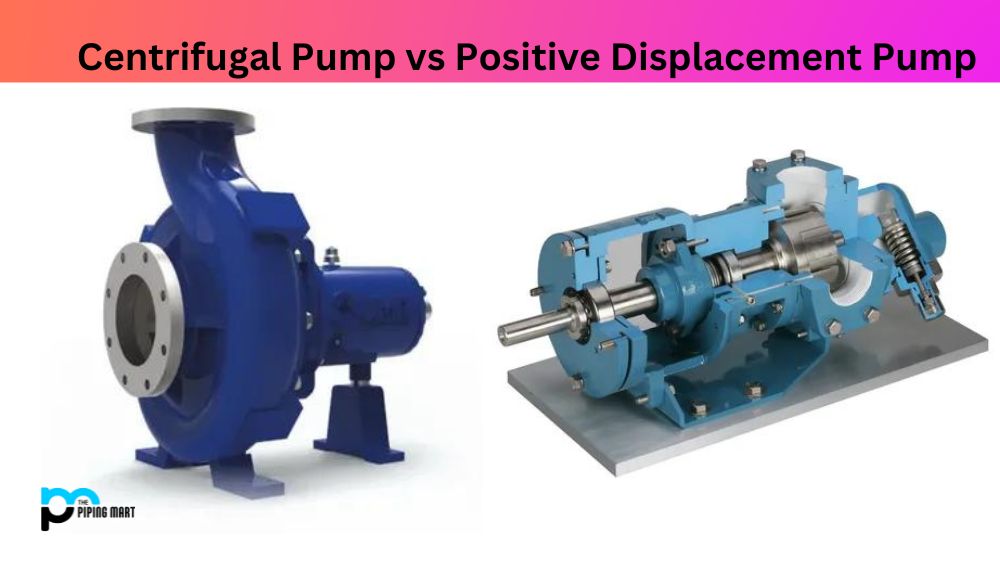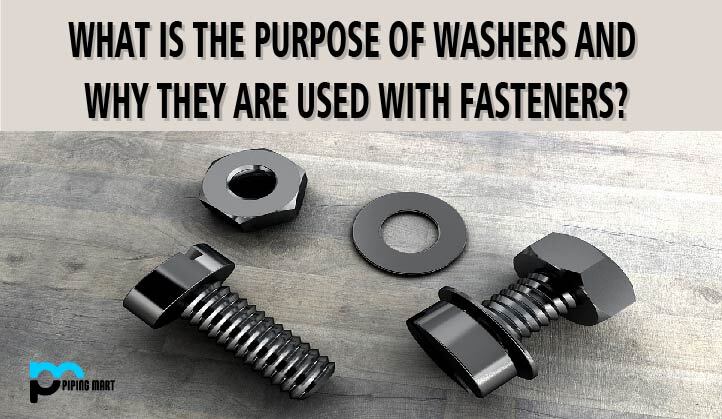Pumps are essential to many industrial processes and applications, but not all pumps are created equal. When choosing a pump, it’s important to understand the differences between the available types. In this blog post, we will compare and contrast two commonly used types of pumps: centrifugal pumps and positive displacement pumps. Whether you are a professional in the industry or just someone who wants to learn, this article is for you!
What is Centrifugal Pump?
A centrifugal pump is a rotodynamic pump that uses a rotating impeller to increase a fluid’s pressure and flow rate. The centrifugal force created by the rotation of the impeller draws in the liquid and accelerates it, increasing its kinetic energy before discharging it from the volute casing. This allows for faster transfer rates compared to other pumps while being relatively simple to manufacture and install.
What is Positive Displacement Pump?
A positive displacement pump is a type of pump that moves fluid by trapping a fixed amount of it and then forcing it into a discharge pipe. It increases the pressure of the fluid as it moves from the inlet to the outlet to achieve higher flow levels. These pumps are used for industrial applications such as hydraulic and lubrication systems, water supply irrigation, and sewerage treatment plants.
Difference Between Centrifugal Pump and Positive Displacement Pump
Operating Principle:
Centrifugal pumps use centrifugal force to create pressure to move fluids. The pump’s impeller rotates and causes the fluid to move in a circular motion, decreasing pressure in the centre. This decrease in pressure allows the fluid to be pulled into the pump and expelled out through a discharge valve. Positive displacement pumps, on the other hand, work by trapping the fluid in enclosed spaces and then moving that fluid to the discharge point. Positive displacement pumps use mechanical action to maintain the flow of fluids.
Applications:
Centrifugal pumps are commonly used in applications where high flow rates are required, such as in the irrigation industry for agricultural purposes. Centrifugal pumps are also used in many cooling systems, such as air conditioning units, as they can efficiently circulate large amounts of water. Positive displacement pumps are better suited for applications requiring low flow rates and high pressures. For example, positive displacement pumps are ideal for pumping viscous fluids like oil and molasses, as these types of fluids are difficult to move with centrifugal pumps.
Efficiency:
Centrifugal pumps have a higher efficiency rate as they can handle more fluid. However, the efficiency of centrifugal pumps decreases when pumping viscous fluids. Positive displacement pumps can handle viscous fluids better but are less efficient when pumping clean water or low-viscosity fluids.
Maintenance:
Centrifugal pumps require less maintenance than positive displacement pumps. Because of their simple design, centrifugal pumps are easy to disassemble and repair. Positive displacement pumps, on the other hand, require regular maintenance and inspections to ensure that they are operating correctly. They have many moving parts that need to be checked and lubricated regularly.
Cost:
Centrifugal pumps are generally less expensive than positive displacement pumps. However, the overall cost of the pump will depend on the specifications required for the application. In some cases, a positive displacement pump may be less expensive in the long run as it requires less energy and a longer lifespan.
Conclusion:
Pumps are essential in many industrial applications, and choosing the correct type can significantly impact the efficiency and effectiveness of the process. In conclusion, it is important to remember that centrifugal pumps are ideal for high-flow rate applications, whereas positive displacement pumps are ideal for low-flow and high-pressure applications. Centrifugal pumps are less expensive and easier to maintain, but positive displacement pumps are better suited for moving viscous fluids. Choosing the right type of pump for your process will ensure optimal performance and savings on maintenance and energy costs.

Abhishek is a seasoned blogger and industry expert, sharing his insights and knowledge on various topics. With his research, Abhishek offers valuable insights and tips for professionals and enthusiasts. Follow him for expert advice on the latest trends and developments in the metal industry.




